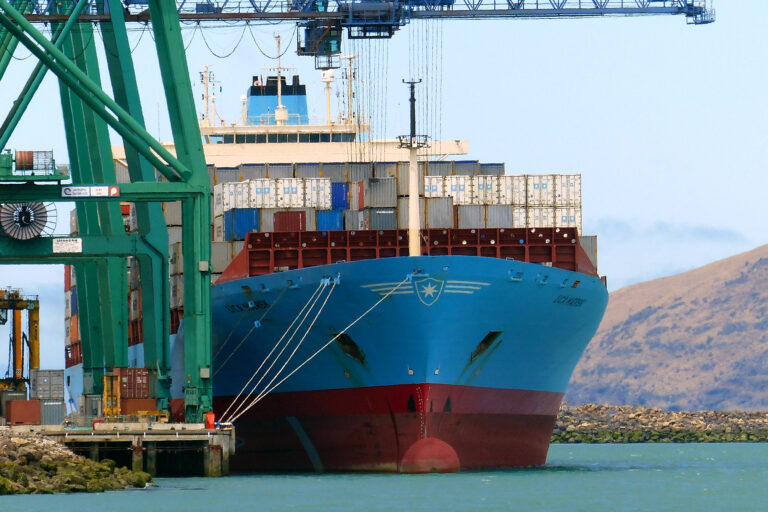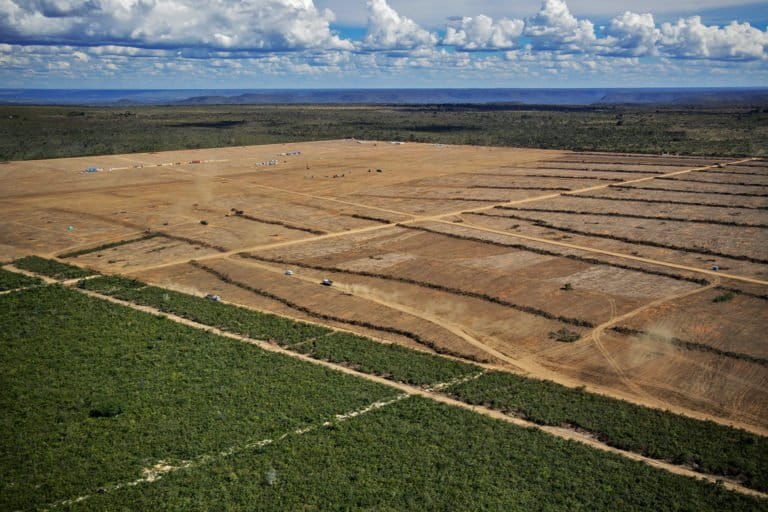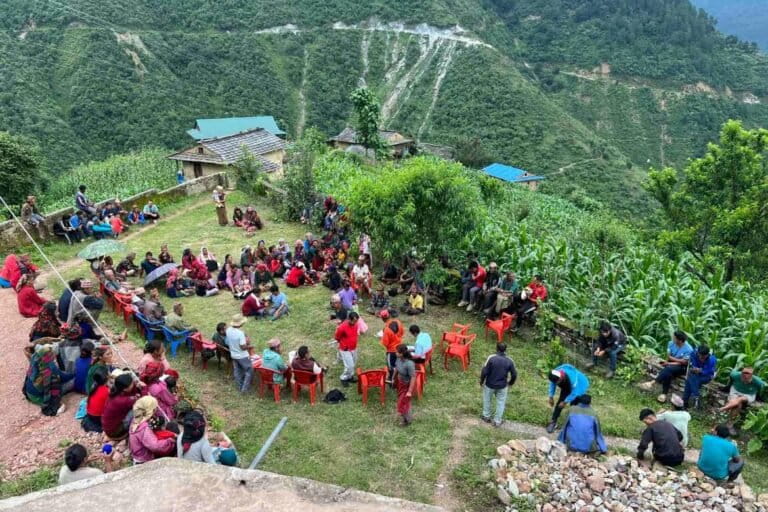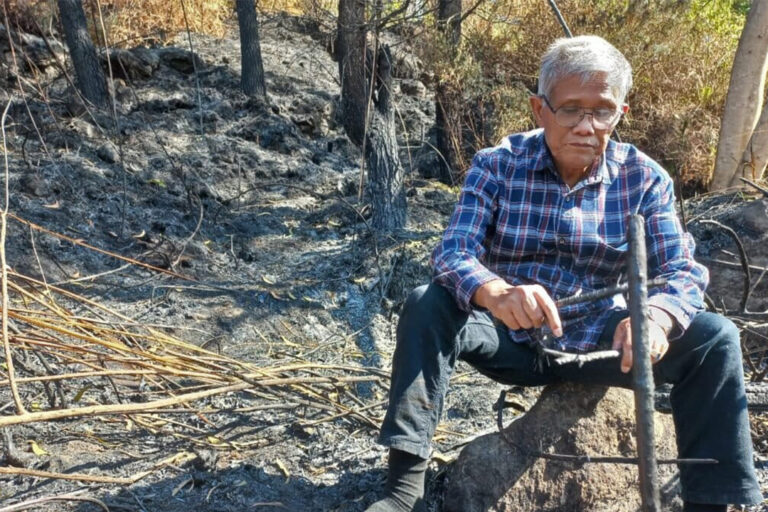- Termite mounds in Namaqualand, South Africa, are at least 34,000 years old, according to a recent study.
- The termite mounds are still used by southern harvester termites (Microhodotermes viator), making them the oldest known inhabited termite mounds by a lot.
- The discovery also unearthed organic material buried deep inside the mound, demonstrating that the termites help to store carbon at depths greater than 1 meter (3 feet).
- Scientists are planning further research to understand how much carbon is stored in these termite mounds and how fast it is accumulating.
Inhabited termite mounds along the Buffels River in Namaqualand, South Africa, are an astounding 34,000 years old, according to a new study.
Termites are a diverse group of insects that play a vital ecological role by breaking down organic matter. They live in complex social groups, and some species create large underground nests. These can include extensive tunnels and chambers where the termites live and store plant material. Some termite mounds can be very old; in 2018, researchers discovered termite mounds in Brazil that were 4,000 years old.
But a recent Science of The Total Environment study has discovered that termite mounds inhabited by southern harvester termites (Microhodotermes viator) in Namaqualand are far, far older. Using radiocarbon dating, the researchers found that the mounds have been used by termites for 34,000 years, since before the last Ice Age. During this period, humans were busy making cave art while a few Neanderthals were still hanging on in southern Europe. The world was still full of megafauna like woolly mammoths, saber-toothed cats and giant sloths.
The study also gives an unparalleled view of the past climate cycles in the region, and points to a previously unexplored role of termites in storing carbon, says Michele Francis, a senior lecturer at Stellenbosch University and the study’s lead author.
“Our gut told us [the mounds] were special, and when we dug through and saw these old nests and termites, we thought ‘wow,’” Francis says. “It’s like watching a video of the past.”

Namaqualand is a semiarid region in western South Africa, known for abundant spring wildflowers. The land along the Buffels River is dotted with low mounds called heuweltjies, which are about 40 meters (130 feet) in diameter, where the southern harvester termites live in underground nests. A hard calcite layer on top of the mounds protects the termites from aardvarks (Orycteropus afer) and other insectivores.
To sample the mounds, the researchers first used an excavator to dig a trench 60 m (197 ft) wide by 3 m (10 ft) deep through the center. Then, in what Francis describes as hot, dusty work, they took samples across the entire cross section, using small metal spatulas to scrape soil into plastic bags. Sometimes the termites would come out and frantically try to repair their nests, using balls of soil to plug the holes the researchers had made.
Francis says she already suspected the mounds were quite old — but was still surprised when radiocarbon dating analysis revealed that the carbonate was up to 34,000 years old. Organic material, which degrades much faster, was also remarkably well preserved, and was up to 19,000 years old. The younger organic material was found lower down, demonstrating how the termites bury carbon deep in the mound.
The analysis provided an unparalleled view into the past, and indicates that these termites may play a previously unappreciated role in storing carbon, Francis says.
This can happen in two ways. First, the termites gather small sticks or other carbon-rich plant material at the surface and carry them more than a meter (3 ft) underground, where they’re less likely to release carbon into the atmosphere as they decompose. Second, tunnels created by the termites allow rainwater to move through the mound. This rainwater can carry minerals and dissolved inorganic carbon deeper through the soil profile and into the groundwater.
It’s already established that termites contribute to the global carbon cycle, because many termite species use methane-producing microbes to digest their food. But so far their role in carbon storage and sequestration hasn’t really been explored, Francis says.
Francis, along with researchers from the U.S. and elsewhere, now plans to look at exactly how the carbon in the heuweltjies is being stored. She says she suspects that microbes are converting the organic carbon into a mineral form, which would explain why the mounds are so carbon dense. She says she hopes the new research will help put a value on the carbon storage potential of these, and other similar, mounds. As the heuweltjies cover a fifth of Namaqualand, the benefits of conserving the mounds, as opposed to using the land for agriculture, could be substantial.
“We can only do that if we know how much carbon is in there and how fast it’s being accumulated,” Francis says. “So what we’re trying to do is get people to study what was previously boring, so that we can really understand what’s happening under our feet.”
Banner image: The four-person field research team. Image by Michele Francis.
Madagascar lemurs, tortoises seized in Thai bust reveal reach of wildlife trafficking
Citations:
Francis, M. L., Palcsu, L., Molnár, M., Kertész, T., Clarke, C. E., Miller, J. A., & van Gend, J. (2024). Calcareous termite mounds in South Africa are ancient carbon reservoirs. Science of The Total Environment, 926, 171760. doi:10.1016/j.scitotenv.2024.171760
Ito, A. (2023). Global termite methane emissions have been affected by climate and land-use changes. Scientific Reports, 13(1), 17195. doi:10.1038/s41598-023-44529-1


















